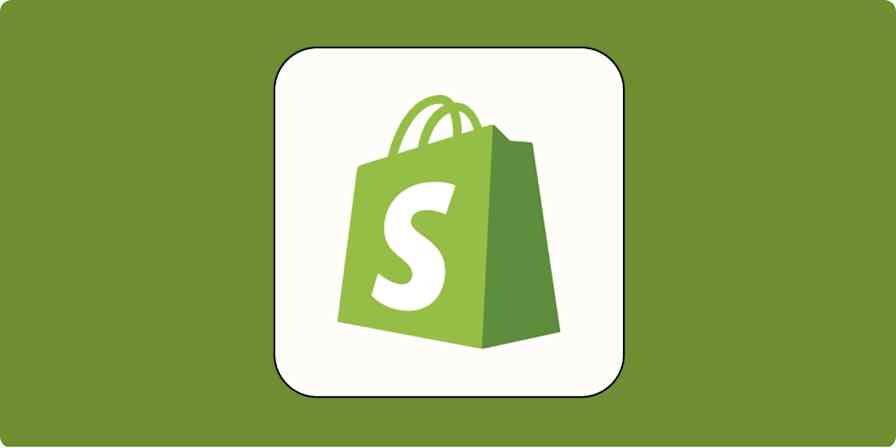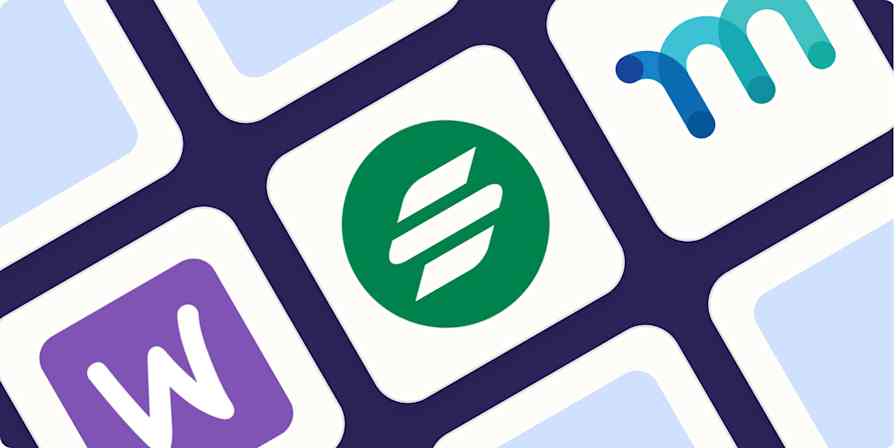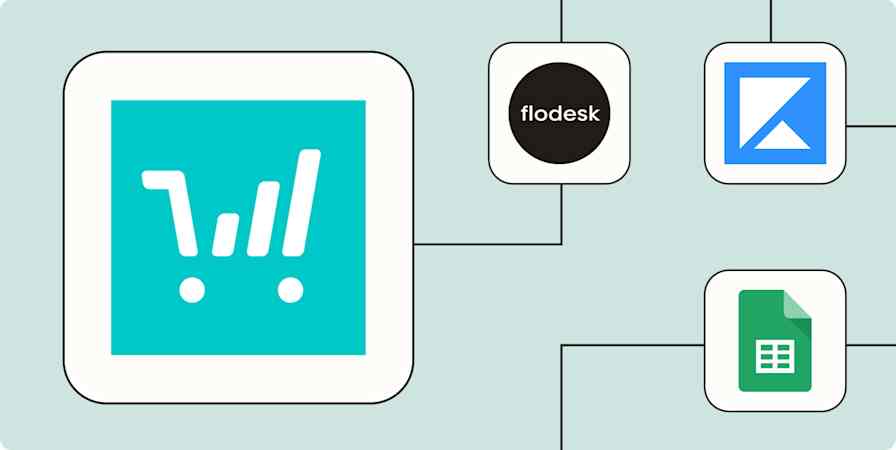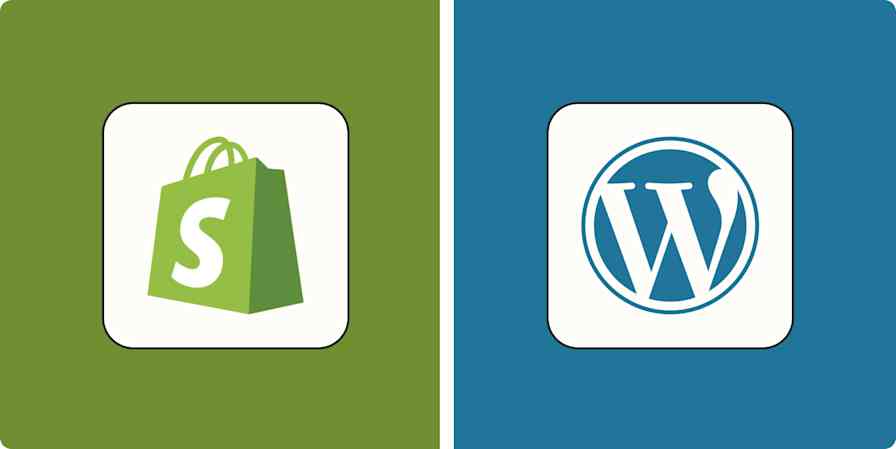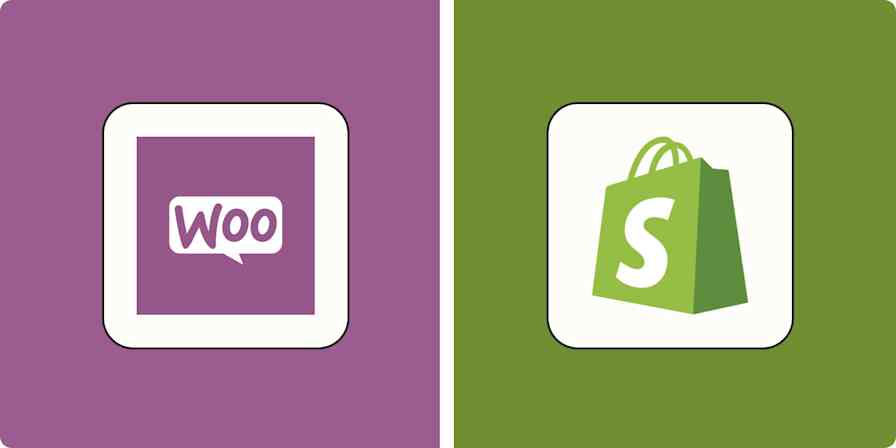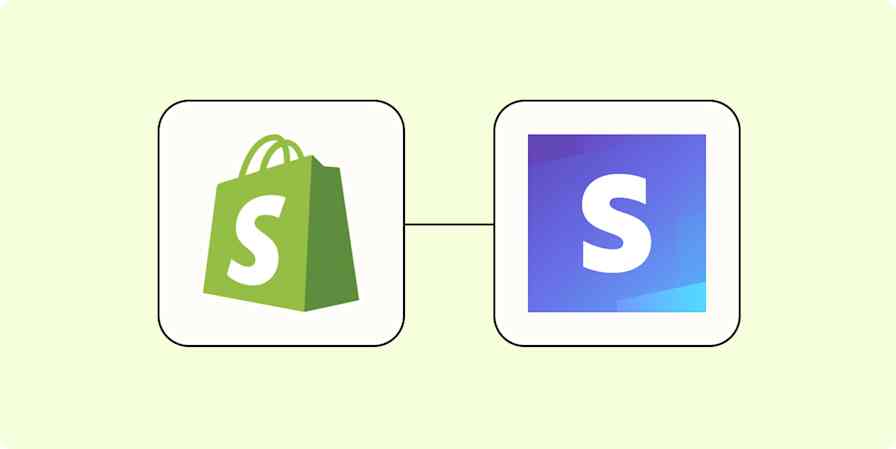Automation inspiration
4 min readHow eCommerce businesses can use automation in the last mile
By Annelyse Gast · December 9, 2021
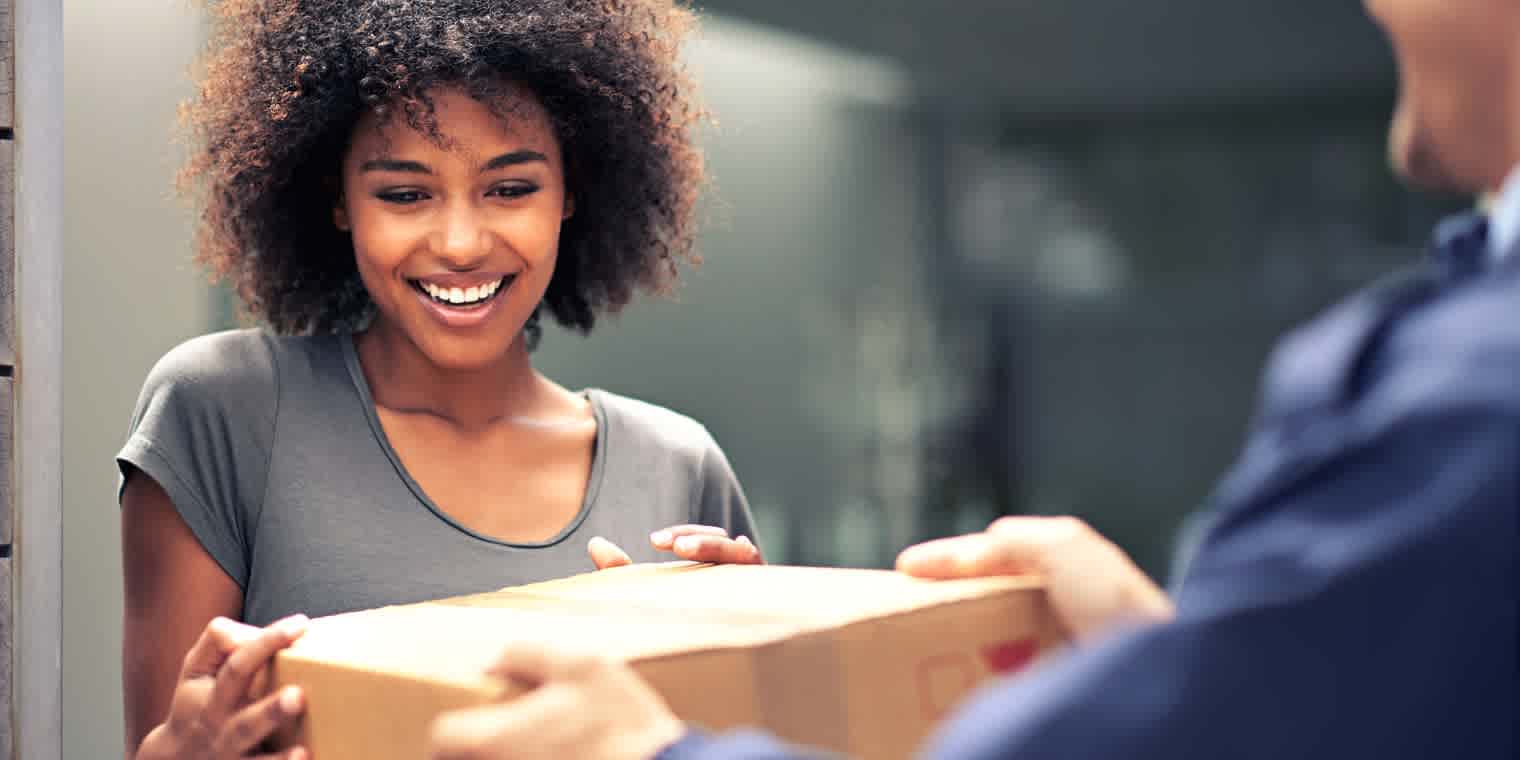
Get productivity tips delivered straight to your inbox
We’ll email you 1-3 times per week—and never share your information.
Related articles
Improve your productivity automatically. Use Zapier to get your apps working together.



